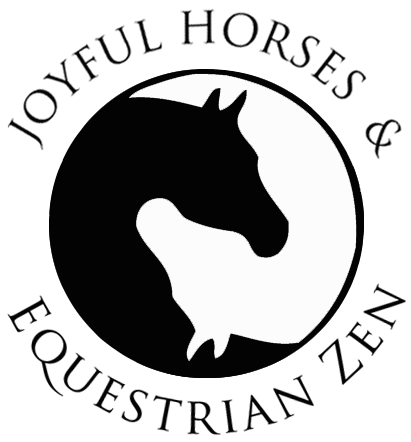There’s a reason for every behavior. If a horse puts his ears back, leaves an area, or comes closer… the horse is trying to make a change in what is happening to them. We can use their preferences to get them to work for us without pressure or increasing stress. If our horse enjoys being scratched, we can teach them that very specific behaviors will earn them scratches. We need to have a specific way of telling them that we are no longer going to “play” with them so they don’t get frustrated if we can’t pay them for those behaviors. And we need to have a very specific behavior they can safely do to ask us to play with them.
With food reinforcers, we have the visual cue of the pouch and we can start a training session by giving a treat. We can end the session by telling them “——-xx——-“ and giving them enough food that we can leave their sight without them wanting to follow us. If we use scratches, we need to have something really great to end the session with so our horses don’t feel like we’re punishing them by walking away. And you don’t always want to ask for something difficult just so they leave you, because then you’re going to be ending your session on an unpleasant note, and our goal is to teach our horses that anything we ask of them is not only easy, but worth them doing with their full participation. I will often end my scratching sessions with a spot that is hard to get at but really liked and then pat the horse in a specific rhythm (that’s my done cue) and I get out of there while my horse is still blissed out. Whether you work with food or non-food reinforcers, you need to make sure there’s no other horses around trying to get the reinforcers from the horse that is doing the work. If you can’t separate horses, you will want to give the extra horse something to occupy them and keep them away from your training. You can work with multiple horses at the same time safely only when both know how to station in specific spots to earn reinforcers.
